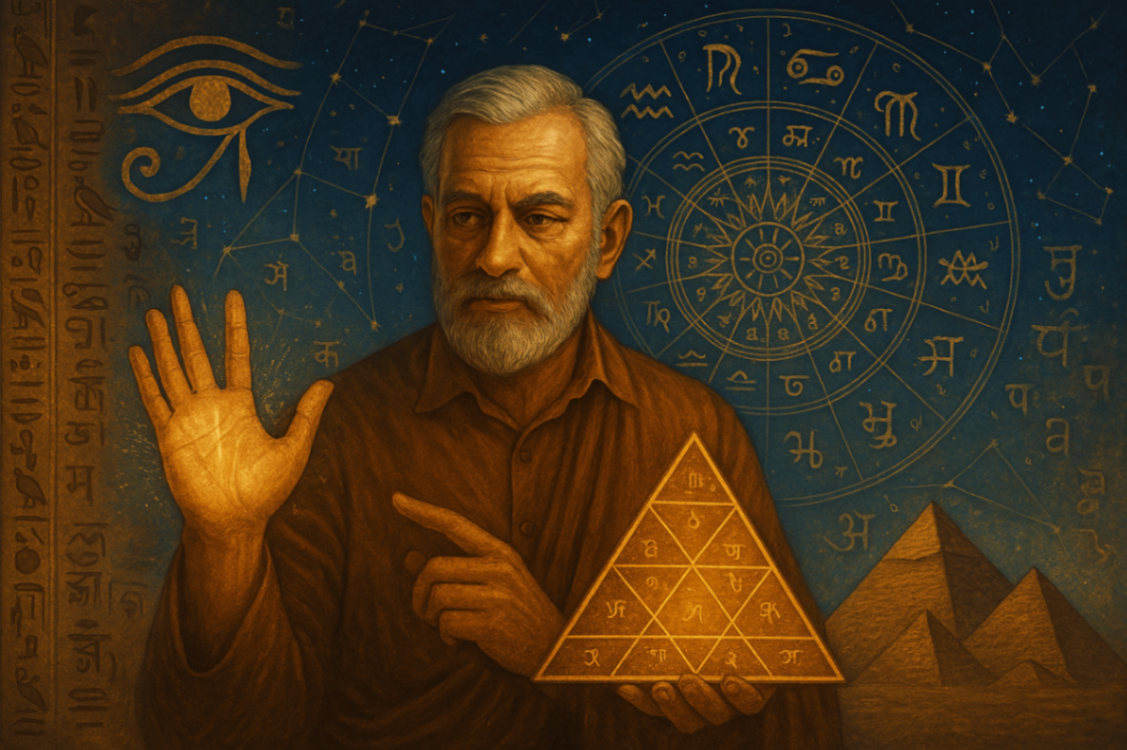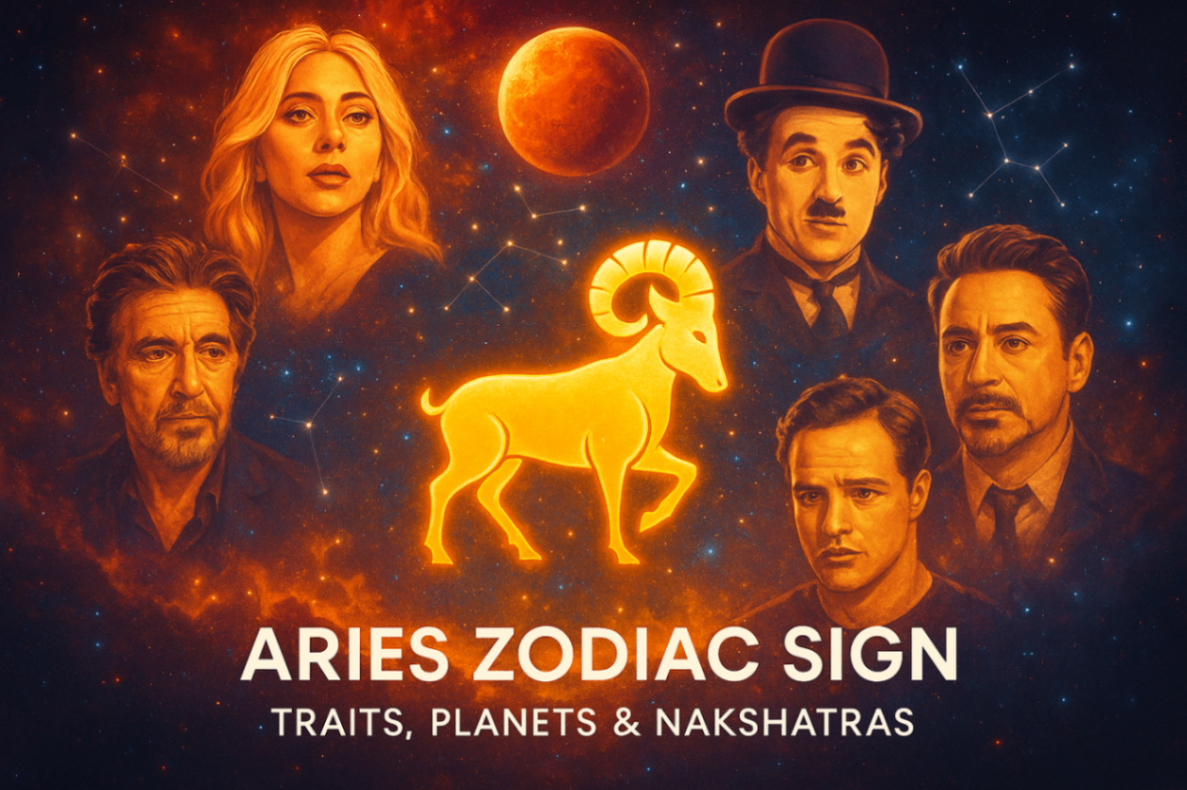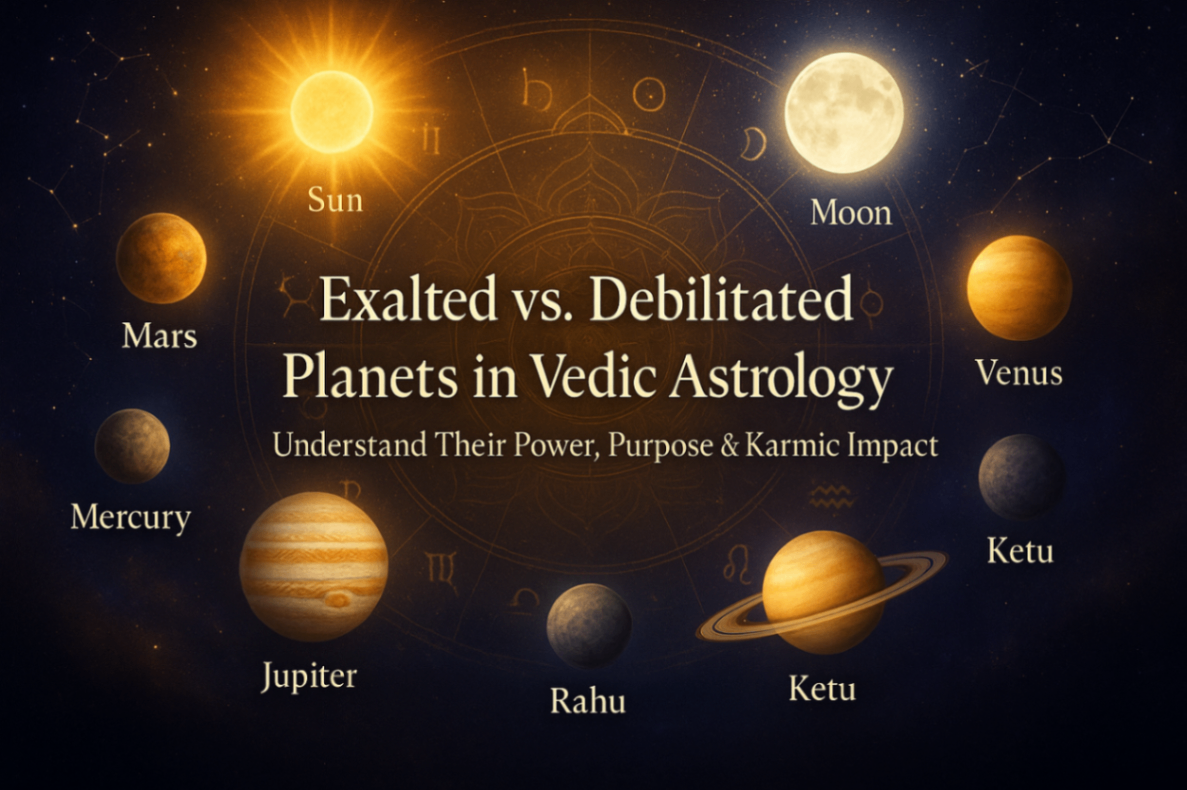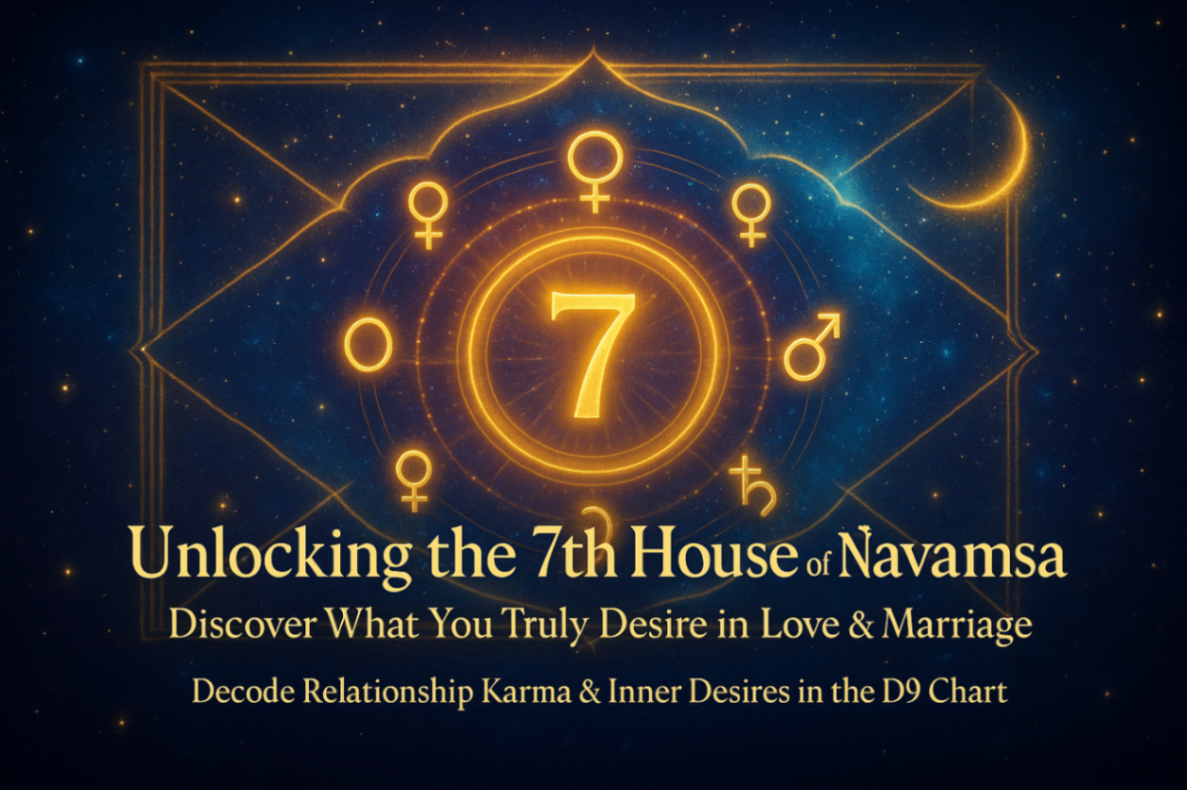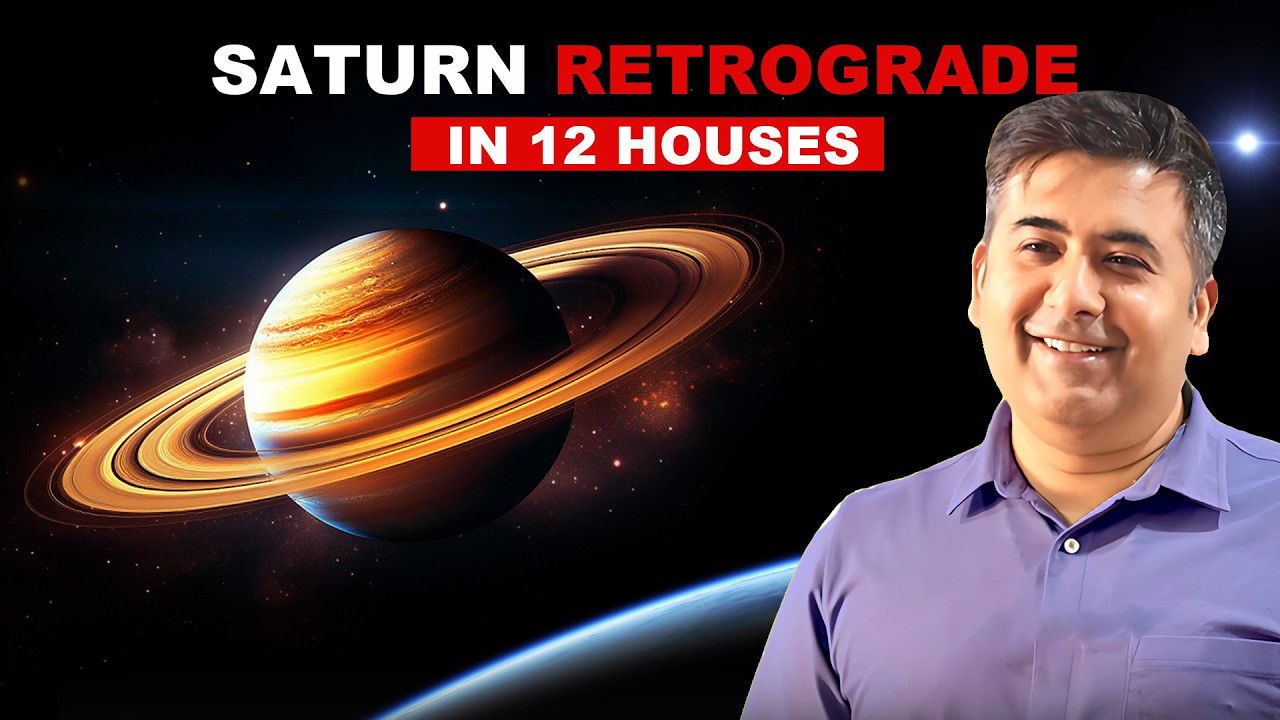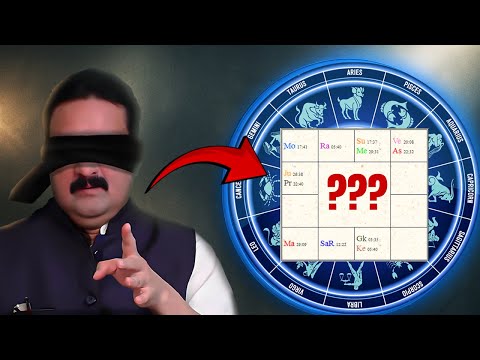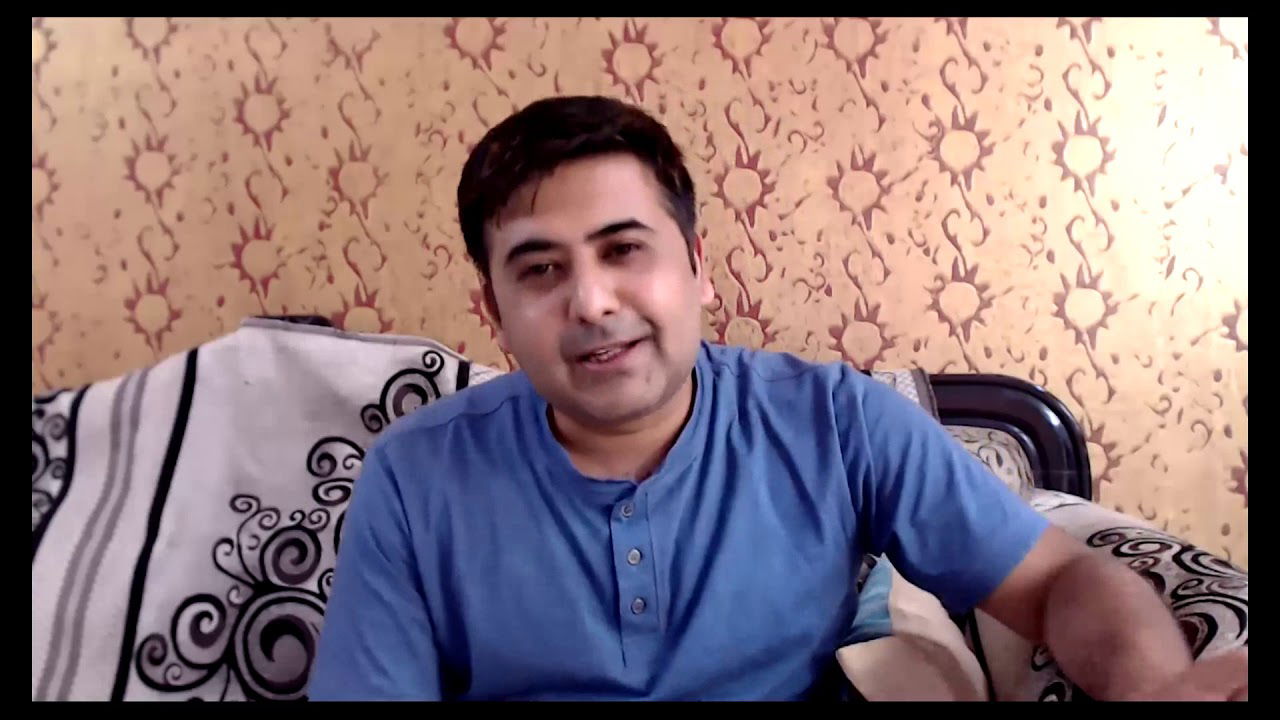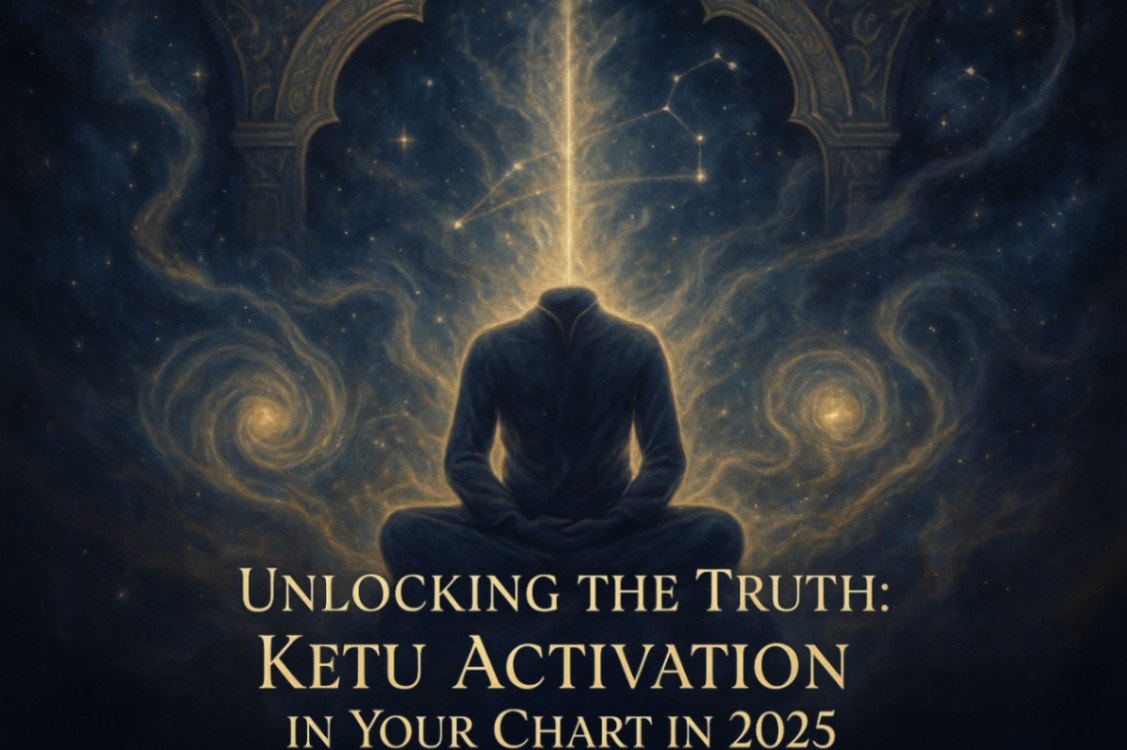Introduction: A Fusion of East and West
The intersection of Prof. Ramesh Kalabhag & Egyptian Astrology brings together two powerful wisdom traditions—ancient Egypt’s mystical systems and Indias profound Vedic astrology. This article delves into how Prof. Kalabhag’s unique methods, especially his use of pyramid charts, palmistry, and birth time rectification, can be understood through the lens of classical Jyotish.
His approach blends psychology, symbolic geometry, and line analysis with precision, offering astrologers a multidimensional lens to decode one’s karma.
The Pyramid Method: A Sacred Geometry in Astrology
One of Prof. Kalabhag’s most unique contributions was his use of the pyramid-shaped horoscope chart.
From a Vedic astrology perspective:
Pyramids represent the fire element (Agni), symbolic of transformation.
Their triangular base is a representation of the trikonas (1st, 5th, 9th houses) in a birth chart, which relate to Dharma, purpose, and creativity.
The upward structure mirrors the ascent of the soul, matching the Vedic concept of moksha or liberation.
This geometric approach may correlate with Vastu Purusha Mandala—the energy grid in Vastu Shastra—where every direction and shape holds a specific energy resonance.
Prof. Kalabhag’s Palmistry and Jatak Matching Skills
A master palmist, Prof. Kalabhag didn’t require a full horoscope to predict someone’s destiny.
Instead, by simply:
Observing the palm lines
Asking for date, time, and place of birth
Noting subtle traits like addictions or physical signs
He could intuitively determine key life events and tendencies.
In Vedic terms, this aligns with Hasta Samudrika Shastra, the ancient Indian science of palm reading. Palm lines represent the influence of grahas (planets) over a persons life, especially:
Heart line (Venus and Moon)
Head line (Mercury and Jupiter)
Life line (Mars and Saturn)
By integrating palm reading with Vedic birth chart logic, Kalabhag essentially practiced an interdisciplinary Jyotish model—a rare gift.
Understanding Birth Time Accuracy
Kalabhag’s technique of adjusting the birth chart based on observable palm signs and karmic patterns is vital in Vedic rectification (Lagna Suddhi).
In classical texts:
Lagna (Ascendant) is the foundation of a chart.
If its incorrect, predictions can mislead.
Many seers use event-based rectification, but Kalabhag used psychological and physiological indicators.
This approach aligns with Maharishi Parashara’s guideline: “The nature of a person should match the traits of the Lagna and planetary placements.”
Yogas and Rajayogas: Mars in Aries and the Ruchaka Yoga
The speaker recalls Kalabhag analyzing his own chart—Mars exalted in Capricorn or in Aries Lagna, forming Ruchaka Yoga.
In Vedic astrology:
Ruchaka Yoga is one of the five Pancha Mahapurusha Yogas, giving courage, leadership, and victory over enemies.
Mars exalted or in own sign in a Kendra (1st, 4th, 7th, 10th house) creates this yoga.
Kalabhags reading said that such a person would:
Defend society through strength and money
Achieve spiritual merit through work
This matches the Vedic rule that exalted Mars in Lagna gives Dharma-pravritti (righteous inclination), especially when supported by a strong 9th house.
Egyptian Astrology’s Karma & Genetic Influence
Kalabhag mentioned that wealth and karma often carry over through ancestral lines, which is a subtle insight.
In Vedic Jyotish:
This idea mirrors Pitru Dosha and Kula Devata Karma.
9th house = fathers lineage, 4th house = mother’s lineage
Planets like Saturn and Ketu often hold ancestral karmic blocks or blessings.
His model indirectly supports the Vedic belief in genetic karma, i.e., some debts or blessings are inherited—not self-created.
Misuse of Remedies: A Warning from the Master
Kalabhag cautioned against blindly prescribing remedies for profit.
In modern Jyotish circles, commercializing mantras and gemstones without a proper diagnosis is unfortunately common.
He emphasized:
Simplicity over superstition
Accuracy over assumptions
Ethics over ego
These align with Vedic values. A true astrologer is a Daivajna, one who reads divine will—not a marketer.
The Role of Psychology in Astrology
Kalabhag’s academic background in psychology enriched his astrological interpretation.
Vedic astrology too integrates the mind through:
Moon – Emotional mind
Mercury – Rational mind
Jupiter – Higher wisdom
Lagna – Personality traits
He predicted not just events but emotional patterns, addictions, and behavior—all crucial in Jyotish’s Chandra Lagna and Arudha Lagna analysis.
Key Lessons and Takeaways
Here are the profound insights we can draw from the legacy of Prof. Ramesh Kalabhag & Egyptian Astrology:
Astrology is multi-dimensional. One should study not only grahas (planets) but also palms, psychology, and geometry.
Pyramid shapes hold energy. Using pyramid charts can activate intuitive insights into karmic layers.
Don’t rely only on the time of birth. Observe physical signs and personality traits to correct the Lagna if needed.
Avoid superstition. Remedies must be prescribed ethically and only after deep chart analysis.
Psychology matters. Mental tendencies are as karmic as external events.
Conclusion
The work of Prof. Ramesh Kalabhag & Egyptian Astrology opens doors for deeper exploration of Vedic principles through ancient global frameworks. His blend of logic, intuition, ethics, and simplicity is a model for astrologers worldwide.
True Jyotish isn’t about showing off knowledge—it’s about guiding people with light, wisdom, and integrity.
